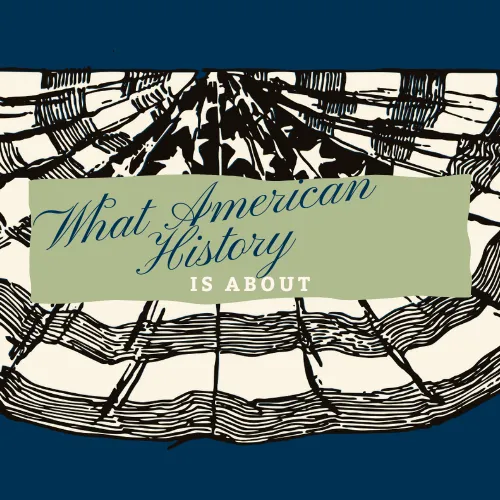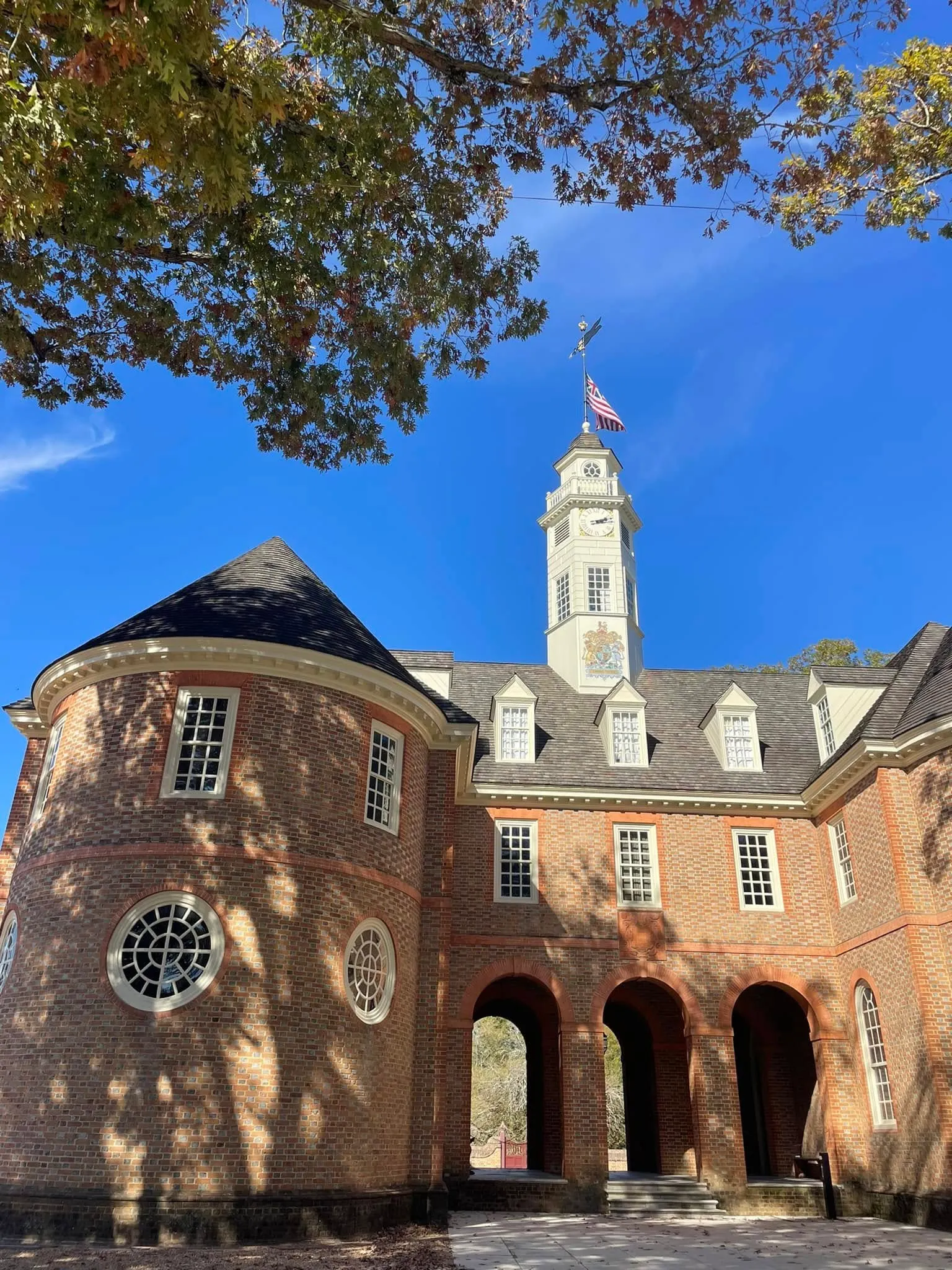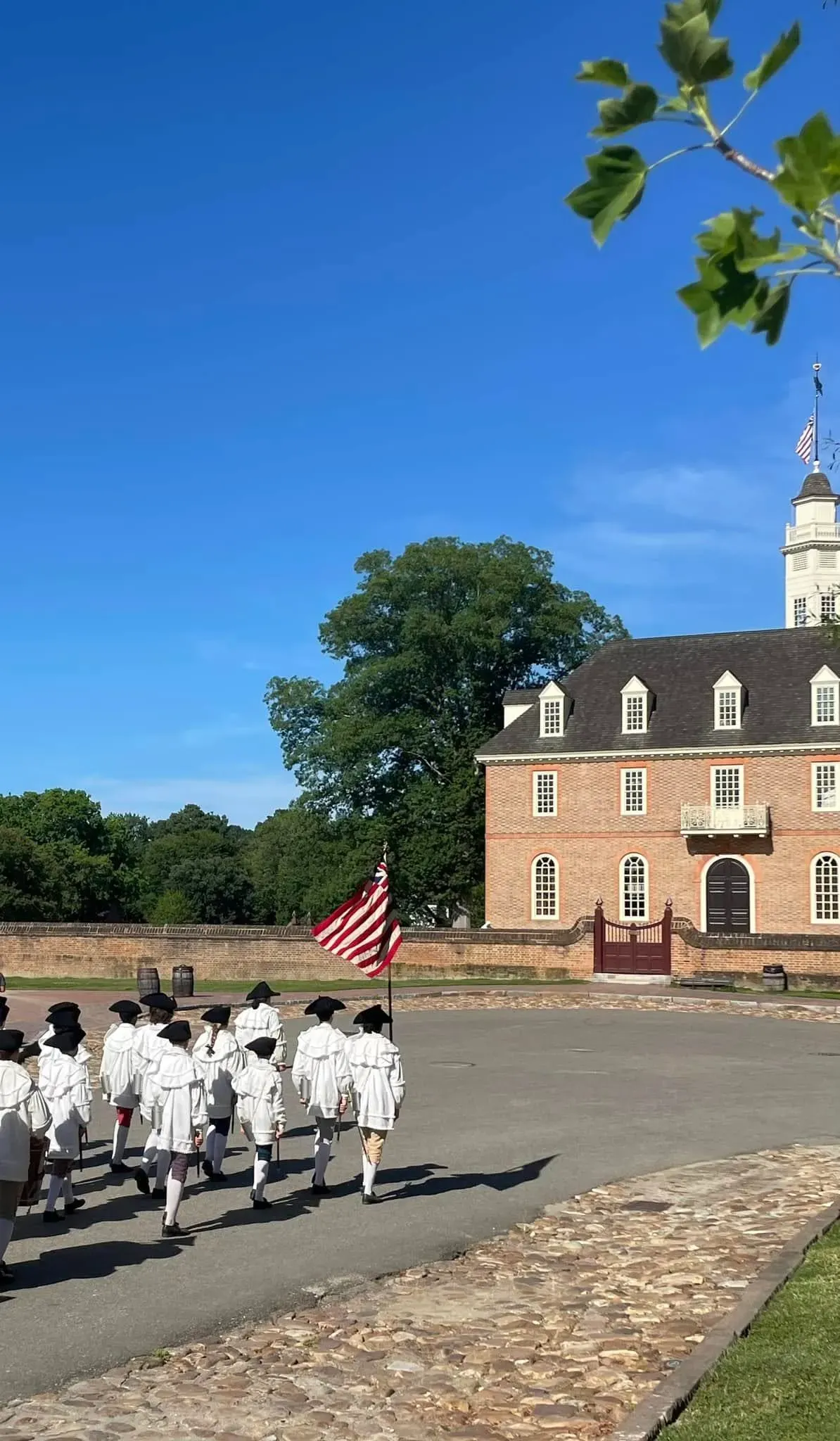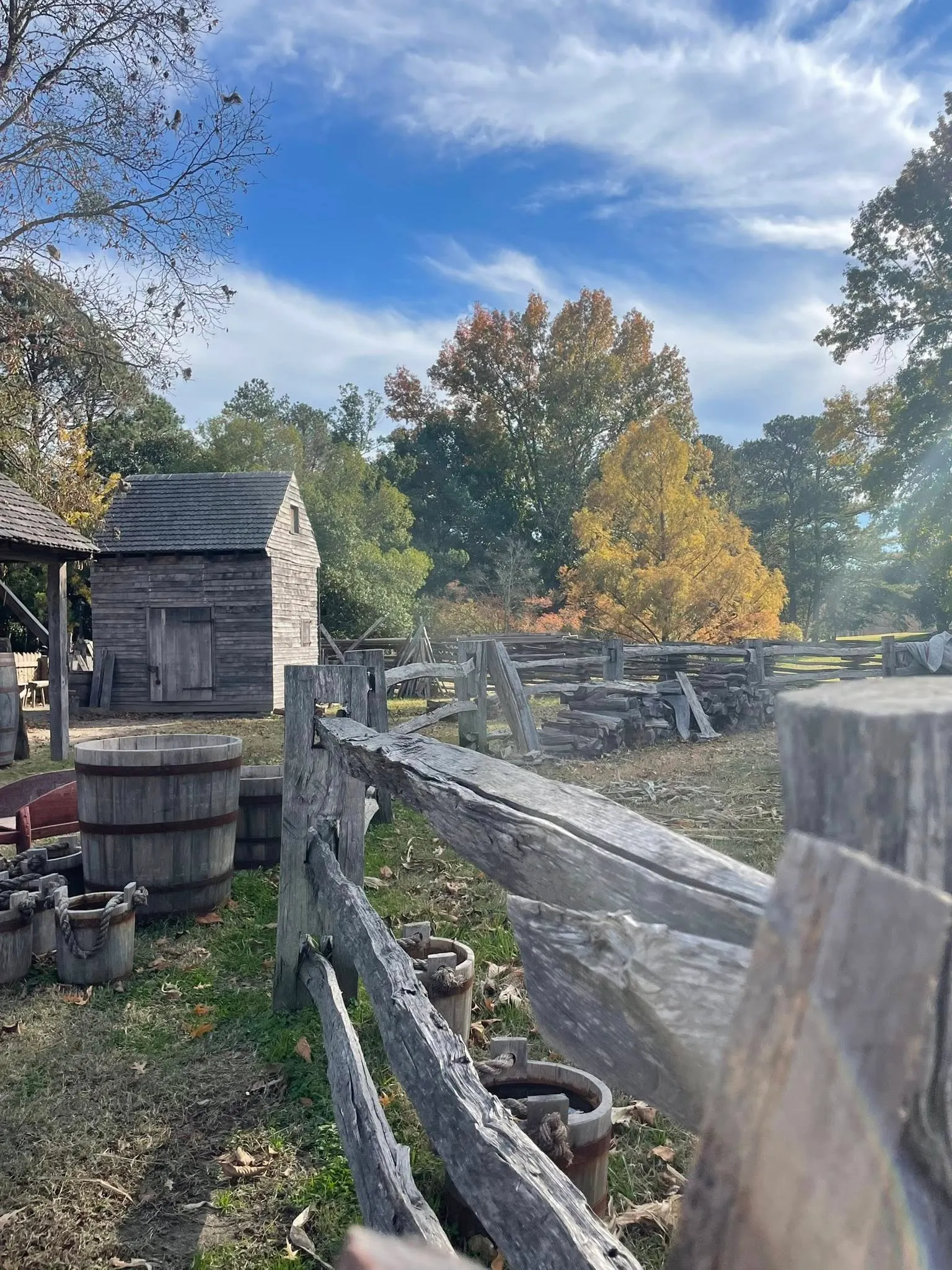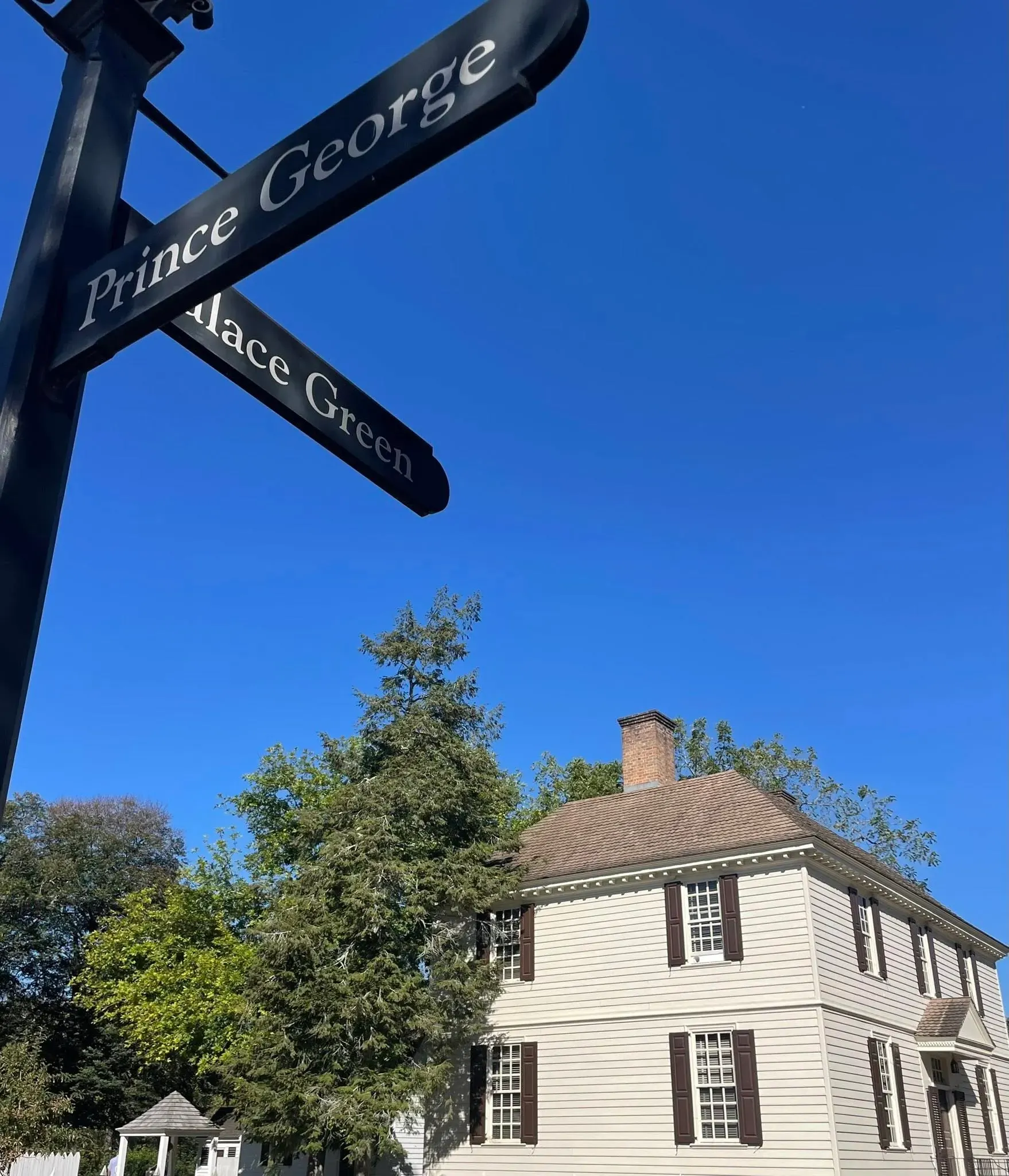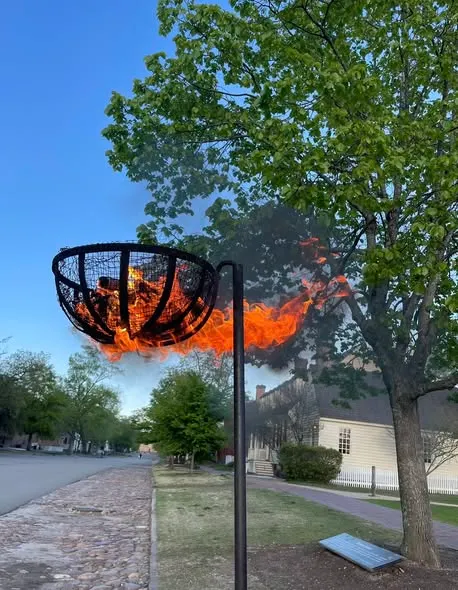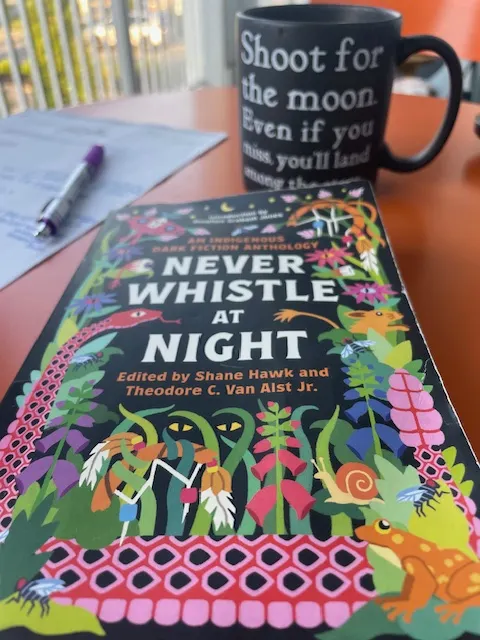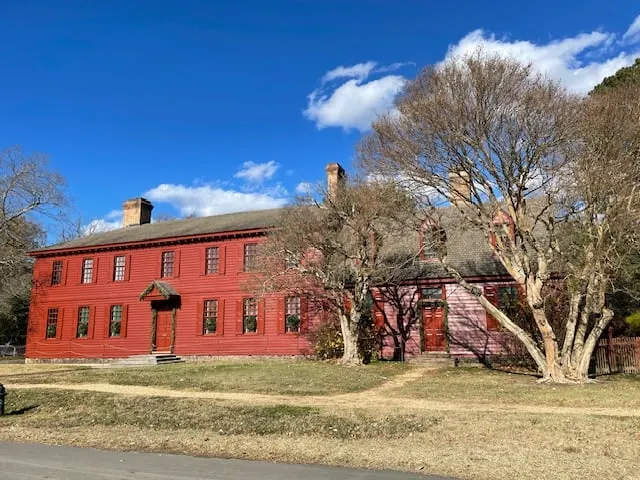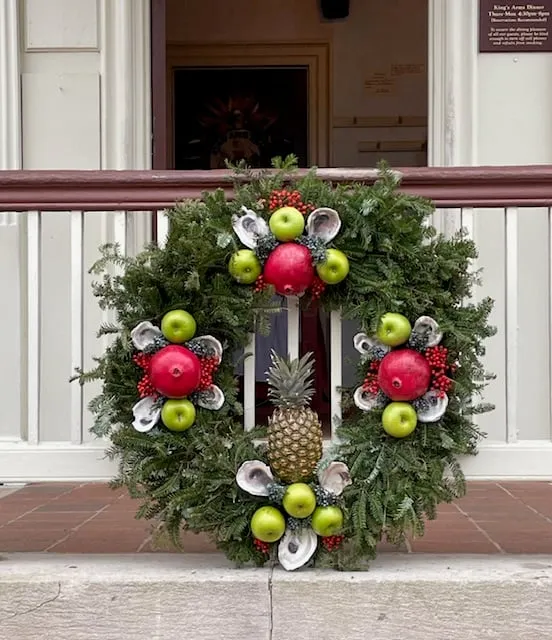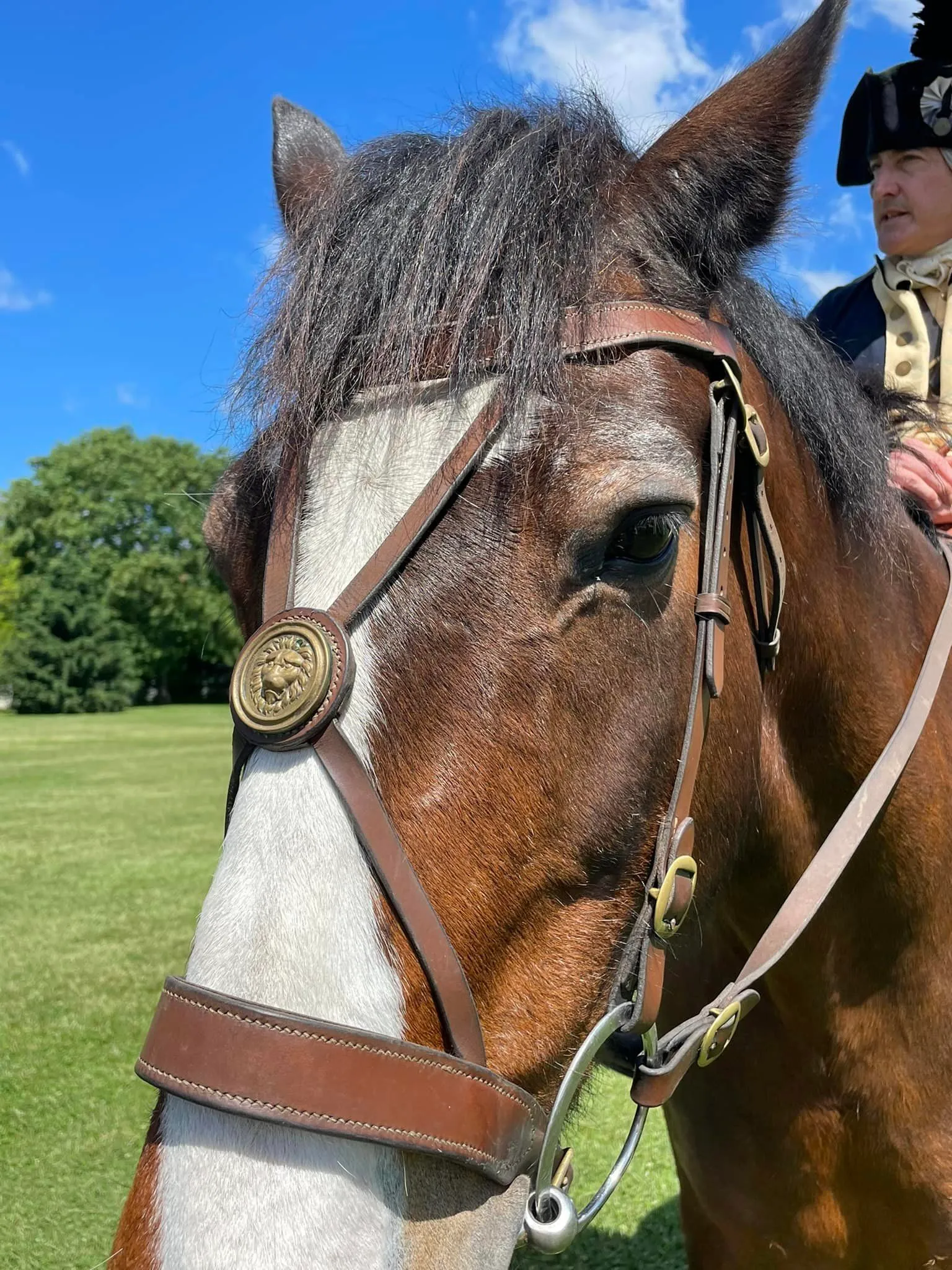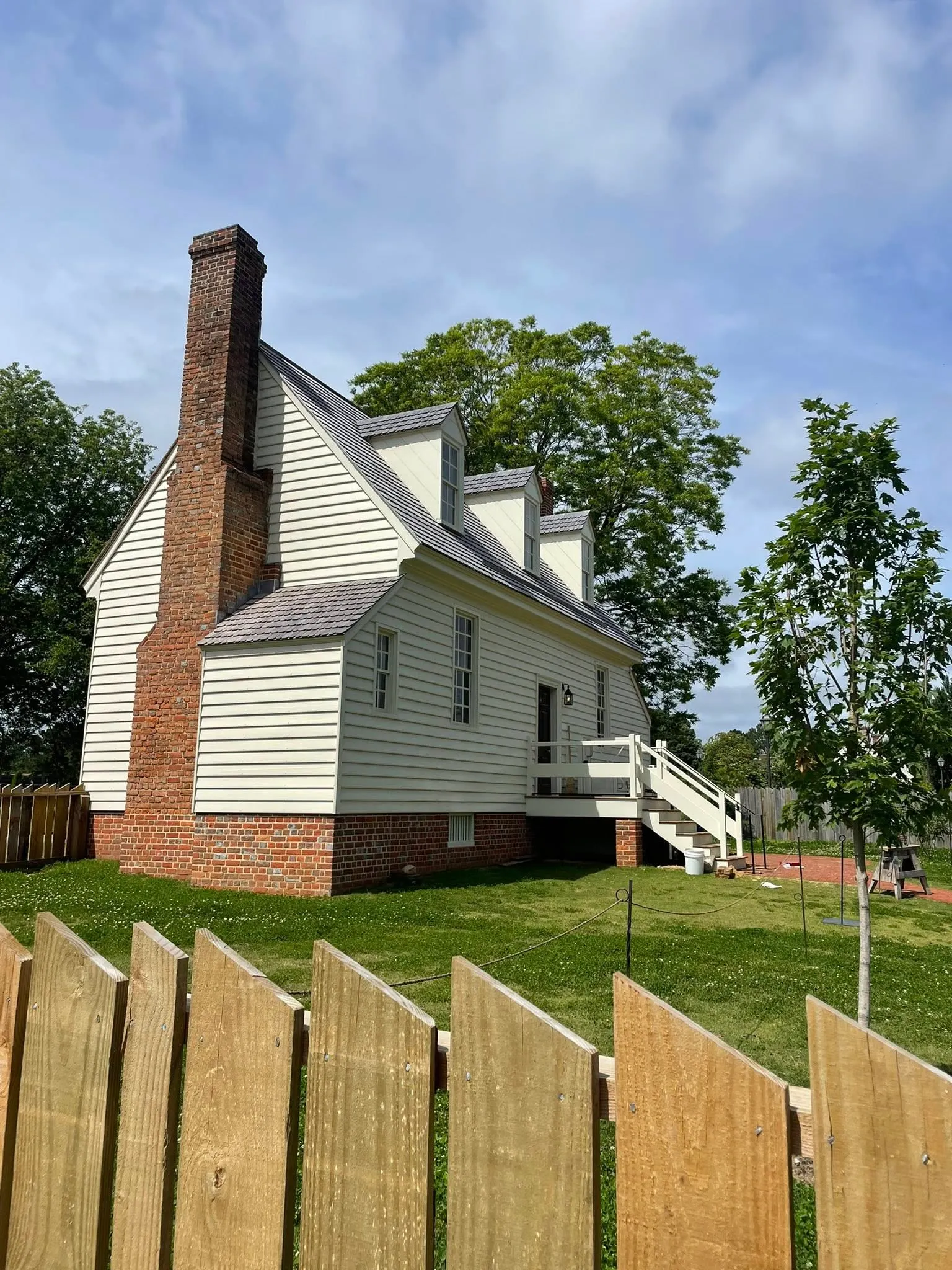History is Found Through Objects: Clues About Daily Life in Early America.
History is the story of life itself, including the objects that survived.
I was looking back through notes this morning. I take SO many notes as I wander history. Sometimes it's because I'm looking for background on a specific topic, other times it's for inspiration. This morning the latter happened.
Towards the beginning of this blogging journey on American history, I attended an event at Colonial Williamsburg's (CW's) Hennage Auditorium. The topic was forensic analysis of objects.
And I jotted down a note about my blog: history, to me, is about the story of life in any given time period, and the 18th century pulls me in. I've said it before and I'll repeat it: the people, the food they ate, the art and music they loved, the trades, education, interests... where they lived, who they admired... all of it.
It's why I created so many categories on this blog. (Click here to read more about the evolution of this blog.)
Today, in a nod to daily life and the stories derived from objects, I'm consolidating notes on two objects (replicated) that have taught me something. Or more accurately, are the vessels through which I've learned something[s]; objects and projects of the CW tradespeople that have inspired discussion while visiting their site.
Any inaccuracies are on me, not the person I learned from- please correct me if you see something is "off." The tradespeople of CW are experts, I am only a messenger on learning history through objects and my appreciation for them!
Necessary disclaimer: As a blogger, I use affiliate links sometimes! I may receive commission from purchases I share; it does not change your price but sometimes you might get a discount.

Interior of Anderson's Armory in CW, 2024
Object 1: Brown wigs.
I admit it: I thought "white" wigs were THE thing. Turns out they were A thing, not the main thing. Thanks to the experts at Charlton's Wig shop in CW, I am better informed on the wearing of wigs.
First off, I was told that they are carefully and continually examining primary sources. One such source: the account books of one Williamsburg wigmaker, Edward Charlton. By reviewing what he sold and who his customers were, we can get a sense of the period.
Brown was the most common (most-sold) while white was extremely rare. Consider it the tuxedo and brown your everyday wear. In fact, powdering was an alternative to white wigs for special occasions.
Taking that further, 'fantasy colors,' not just white were used to spruce up a look. Consider this: in a candlelit room, the impact of white, pink, even light blue. Powders, fantasy or to enhance "regular" colors like brown, were made of natural materials.
One pungent mixture we were able to lean over and smell included cinnamon and clove- my thought is if you entered a ball in the 18th century the scents wafting by must've been amazing.
So in terms of daily life, brown wigs. Not white like you see in all the paintings and portraits! Of note, President Washington is famously remembered to never wear a wig. Check out myth #3 on Mt. Vernon's website by clicking here.
All of this learned as discussion topics inspired by the samples visible to us, the visitors, in CW's wig shop.
And another interesting side note I found in a citation on the National Archives' site when researching Charlton: George Washington stayed at his home. Click here.
RELATED: Charlton's wife Jane was Margaret Hunter's sister. Read more trade-related content in my post about Margaret's shop here.
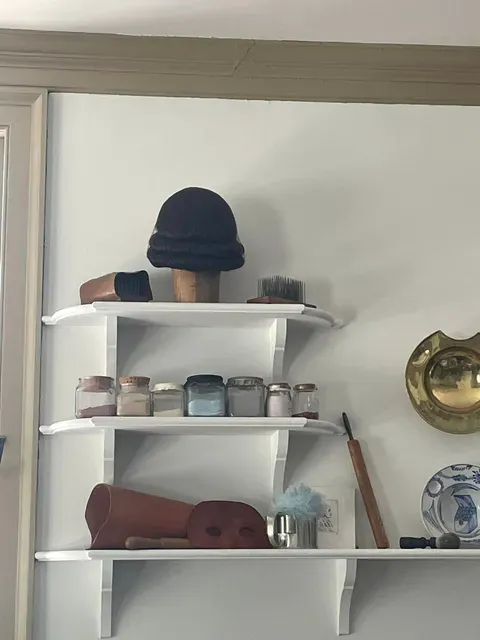
Wig shop in CW, 2024
Object 2: The Anderson Armory.
More than once, I've been told that the Anderson Armory is currently one of the most accurate buildings in CW. So the building itself is the object.
As what is also currently the largest living history museum in the world, isn't it appropriate the buildings are as close as possible to the original look. Whether the building is a reconstruction or one of the original 89 structures, it's vital IMO.
How is the Anderson Armory, where our CW blacksmiths preserve this trade, so on point with it's look, inventory, and actual construction?
By using an original building order of course! During the Revolutionary War, James Anderson was contracted by the government and the larger scale of his business necessary. With that, came building plans. Which have survived.
Please take a few moments to read an article from Colonial Williamsburg's website detailing the reconstruction. (Click here and it will open into a new tab for you to check out later!)
The placement of the forges down to the amount of brackets and nails used in construction: all based on primary sources. The wood used for the walls, the size and measurements, the amount of bricks: all accurate based on written documents.
A peek into daily life multiple ways: primary source use to replicate objects, the value of the armory in during the war and, of course, the building materials and layout of such an armory.
Before I end this bit, I need to say that Anderson's personal story is fascinating! He moved to Richmond when the Capitol was relocated during the war. He was ultimately captured when Benedict Arnold took Richmond. After the war, he returned to Williamsburg and set up shop again.
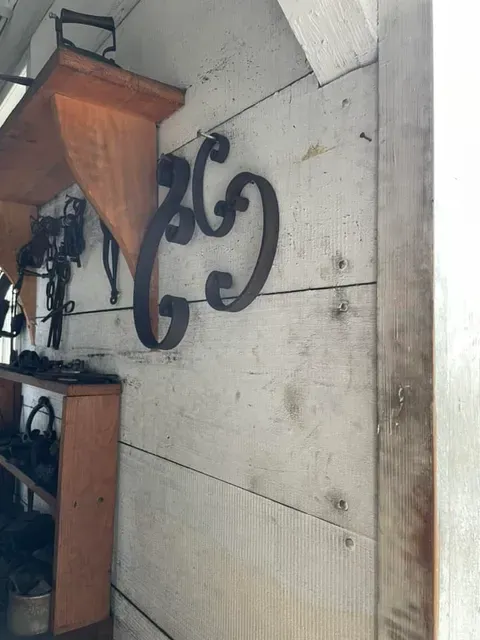
Indoor wall, Anderson Armory, CW
Closing words from history: describing wigs.
Cultural differences CAN be seen through objects. Fashion, style... it all existed as much as it does today. Check out this tidbit from the diary of John Adams. Read the full text, with citations, on Founders' Archives here.
9. Thursday.
[from the Diary of John Adams]
9. Thursday.
Came on Shore with all my family. Took Lodgings. Dined with the Spanish Lieutenant General of the Marine with 24 french and Spanish officers. Don Joseph is an old Officer, but [has] a great deal of Vivacity and Bonhommie.
The Difference between the Faces and Airs of the French and Spanish Officers, is more obvious and striking than that of their Uniforms. Gravity and Silence distinguish the one—Gaiety and Vivacity and Loquacity the others. The Spanish are laced with a broad and even gold Lace, the french with scalloped. The french Wigs and Hair have rows of Locks over the Ears—the Spanish one. The french Bags are small—the Spanish large. The Spaniards have many of them very long Hair queued, reaching down to their Hams almost.
Are you enjoying this blog? Use my online tip jar and buy me a coffee:
There is a huge practical disclaimer to the content on this blog, which is my way of sharing my excitement and basically journaling online.
1) I am not a historian nor an expert. I will let you know I’m relaying the information as I understand and interpret it. The employees of Colonial Williamsburg base their presentations, work, and responses on historical documents and mainly primary sources.
2) I will update for accuracy as history is constant learning. If you have a question about accuracy, please ask me! I will get the answer from the best source I can find.
3) Photo credit to me, Daphne Reznik, for all photos in this post, unless otherwise credited! All photos are personal photos taken in public access locations or with specific permission.
